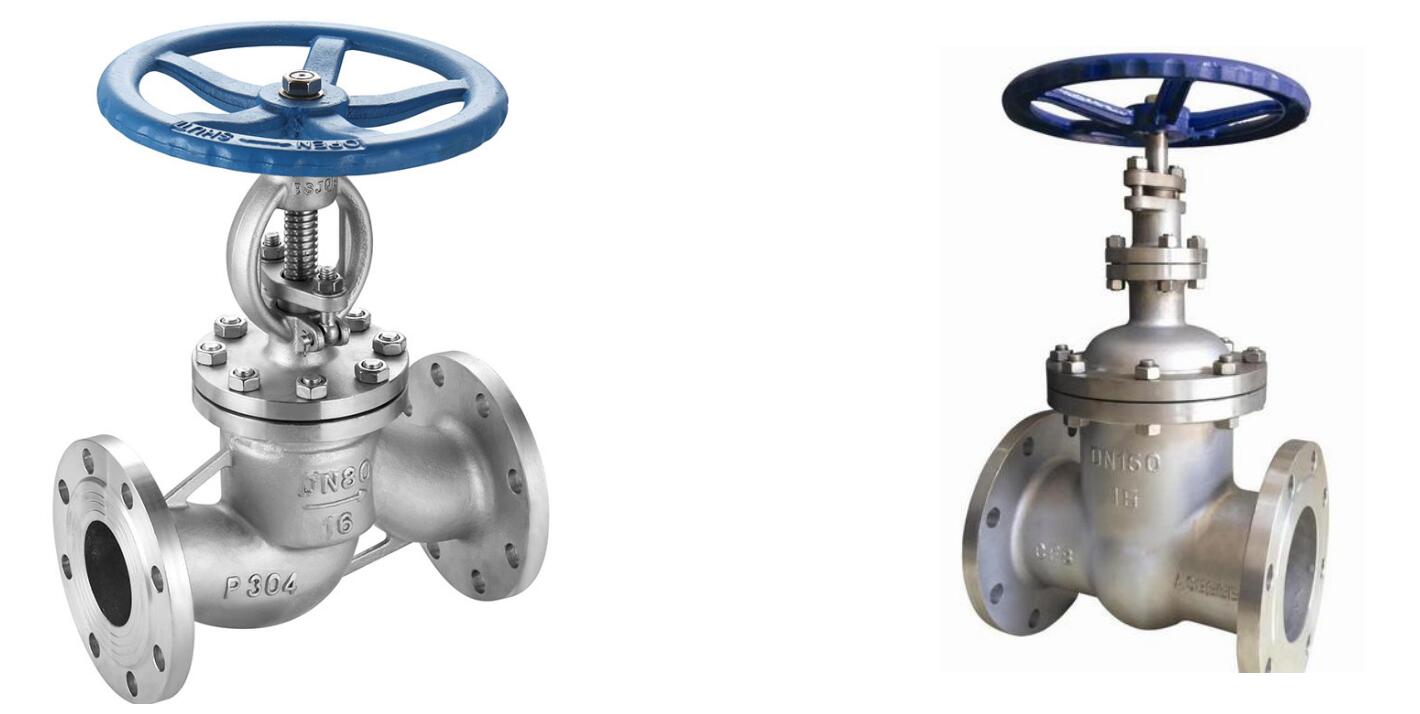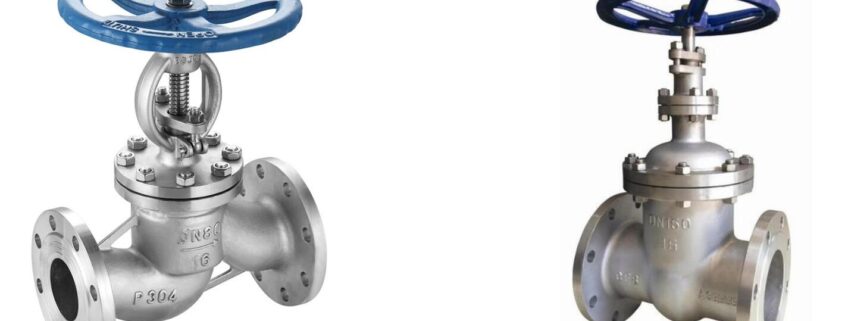difference between a gate and a globe valve
GATE VALVE VS. GLOBE VALVE
What is the difference between a gate and a valvola a globo?
Gate valves and globe valves are two fundamental types of valves used in piping systems to control the flow of liquids, gases, and slurries. While they share some similarities, they have distinct features, operating principles, and applications that make them suitable for different scenarios.
Understanding the differences between these two valve types is crucial for selecting the right valve for a specific application.

Design And Operation
- Gate Valve: Utilizes a flat gate or wedge that moves vertically to the flow direction to open or close the valve. When open, the gate fully retracts into the valve body, allowing for a full, unobstructed flow path. Gate valves are primarily used for on/off control and are not suitable for throttling due to the potential for gate and seat damage.
- Globe Valve: Features a movable disk-type element and a stationary ring seat in a generally spherical body. The disk moves perpendicularly to the seat, allowing for precise flow control. Globe valves are characterized by their spherical body shape, with the internal baffle that splits the inside space into two chambers. They are used for on/off control as well as for throttling flow, offering better control over flow rates.
Applicazioni
- Gate Valves: Ideal for applications where a straight-line flow of fluid and minimum restriction is desired. Commonly used in water supply, natural gas pipelines, and in applications where the valve will remain either fully open or fully closed for long periods.
- Valvole a globo: Suited for applications requiring flow regulation and frequent operation. Their ability to adjust the flow with precision makes them popular in cooling systems, fuel oil systems, marine applications, and where pressure drop is not a significant concern.
Advantages And Disadvantages
- Gate Valves:
- Vantaggi: Minimal pressure drop when fully open; suitable for both slurries and viscous fluids; provides a tight seal when closed.
- Disadvantages: Slow to open and close; not suitable for throttling; can be prone to gate and seat damage from vibration if partially opened.
- Globe Valves:
- Vantaggi: Good for throttling and regulating flow; faster to open and close compared to gate valves; provides better sealing.
- Disadvantages: Higher pressure drop across the valve; not ideal for applications requiring full, unobstructed flow.
Choosing Between Gate And Globe Valves
Choosing between a gate valve and a globe valve often depends on the specific requirements of the system, including:
- Purpose: Gate valves are preferred for on/off control where the flow rate is not adjusted frequently. Globe valves are chosen for applications where flow needs to be regulated or adjusted regularly.
- Flow Characteristics: If minimal pressure drop and full flow are required, gate valves are more suitable. For precise flow control, even at lower flow rates, globe valves are preferred.
- Space and Orientation: Globe valves, due to their design, may require more space in a piping system and are sensitive to flow direction. Gate valves are less restrictive in terms of space and flow direction.
In summary, the choice between gate and globe valves hinges on the need for either unobstructed flow and infrequent operation or the need for flow regulation and frequent adjustments. Both valves serve critical roles in controlling system flow, and their selection should align with the operational needs and constraints of the application.





